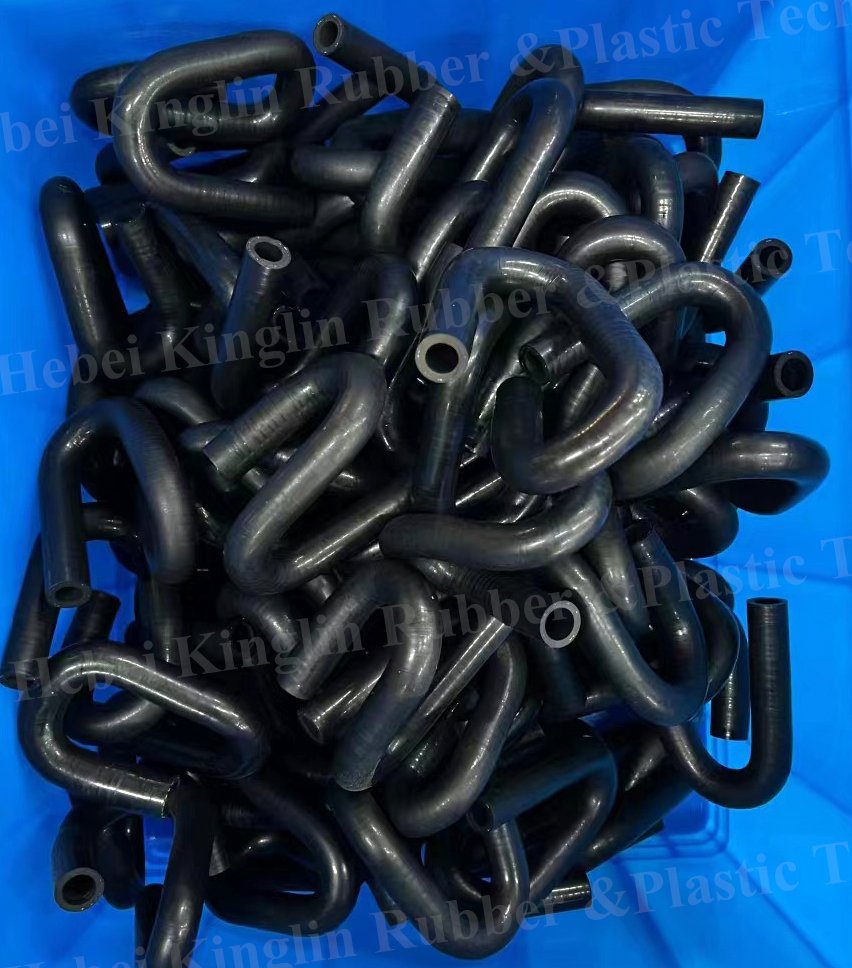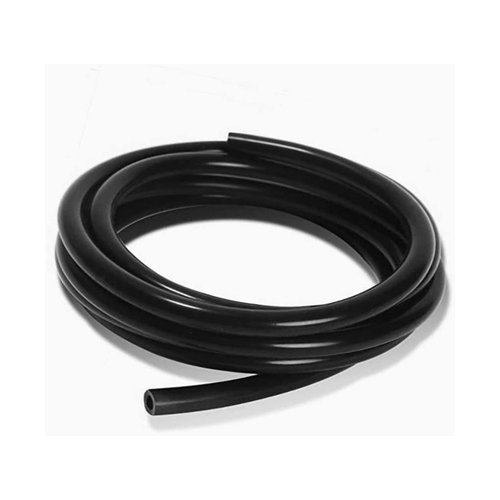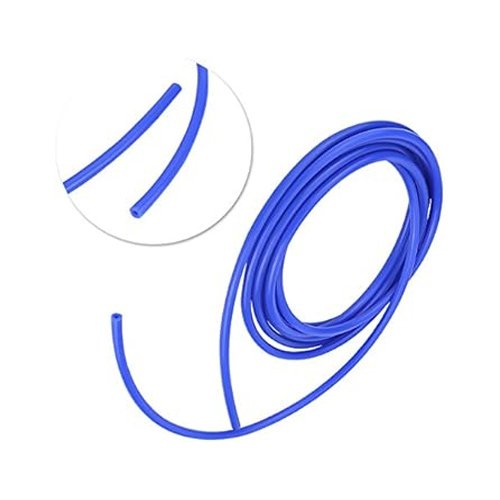Silicone rubber sealing strip have become indispensable components in numerous industries due to their exceptional sealing properties and versatility. These strips effectively prevent the ingress of moisture, dust, air, and other contaminants, making them ideal for sealing applications in automotive, construction, electronics, and many other sectors.
I. Understanding Silicone Rubber Sealing Strips
A. Silicone Rubber Overview:
Silicone Properties: Silicone rubber is a synthetic elastomer renowned for its excellent resilience, flexibility, and resistance to extreme temperatures, UV radiation, moisture, and chemicals. These properties make it an ideal material for sealing applications.
Manufacturing Process: Silicone rubber strips are typically produced through an extrusion process, where the raw silicone material is forced through a die to obtain the desired cross-sectional shape and dimensions.
B. Features and Properties:
Excellent Sealing Performance: Silicone rubber sealing strips possess outstanding sealing capabilities, creating a reliable barrier against environmental elements, including moisture, dust, air, and noise.
Flexibility and Elasticity: Silicone rubber strips exhibit high flexibility and elasticity, allowing them to conform to irregular surfaces and maintain effective seals even under compression or movement.
Temperature Resistance: Silicone rubber has excellent resistance to both high and low temperatures, enabling it to maintain its sealing properties in extreme environments.
Chemical Resistance: Silicone rubber sealing strips demonstrate resistance to various chemicals, acids, alkalis, oils, and solvents, ensuring long-term performance in harsh conditions.
II. Benefits and Applications of Silicone Rubber Sealing Strips
A. Versatility in Applications:
Automotive Industry: Silicone rubber sealing strips are widely used in automotive applications, including door and window seals, trunk seals, weatherstrips, and engine compartment seals. They provide effective sealing against water, air, and noise, enhancing passenger comfort and preventing corrosion.
Construction and Architecture: Silicone rubber strips are employed in building and construction projects as weatherstripping for doors, windows, and curtain walls. They ensure energy efficiency by preventing drafts, water infiltration, and noise transmission.
Electronics and Electrical: Silicone rubber sealing strips find applications in the electronics industry, providing moisture and dust protection for electrical enclosures, control panels, and connectors. They also offer insulation and vibration dampening properties.
Industrial and Manufacturing: Silicone rubber strips are utilized in industrial equipment and machinery to create effective seals in gaskets, enclosures, and access panels. They provide resistance to chemicals, heat, and environmental factors, extending the lifespan of machinery.
B. Benefits and Advantages:
Superior Sealing Performance: Silicone rubber sealing strips offer excellent sealing capabilities, ensuring airtight and watertight seals. This enhances product quality, reduces energy loss, and protects against external contaminants.
Longevity and Durability: Silicone rubber exhibits exceptional resistance to UV radiation, ozone, weathering, and aging, making sealing strips made from this material highly durable and long-lasting.
Easy Installation and Maintenance: Silicone rubber strips are easy to install and replace, minimizing downtime and labor costs. They require minimal maintenance, providing cost-effective sealing solutions.
Customization Options: Silicone rubber sealing strips can be customized to meet specific application requirements, including different shapes, sizes, colors, and hardness levels. This flexibility allows for optimal sealing performance in various industries.
III. Proper Handling and Considerations
A. Storage and Handling:
Proper Storage Conditions: Store silicone rubber sealing strips in a cool, dry place away from direct sunlight and extreme temperatures. Avoid contact with sharp objects or chemicals that may affect the material’s integrity.
Handling Precautions: Handle silicone rubber strips with clean hands or gloves to avoid contamination. Avoid excessive stretching, bending, or twisting during installation to maintain the strip’s sealing effectiveness.
B. Compatibility and Testing:
Material Compatibility: Ensure the compatibility of silicone rubber sealing strips with the surfaces they will be in contact with. Perform compatibility tests to verify that the strip material does not react adversely with substrates or chemicals present in the application environment.
Compression and Deflection Testing: Conduct compression and deflection tests to determine the optimal strip dimensions and hardness for achieving a proper seal. This will help ensure the strip’s performance and longevity.




